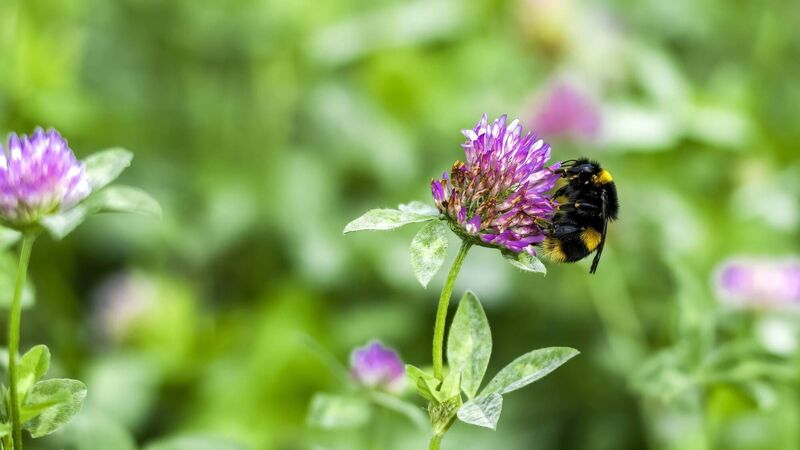Signpost: Help protect pollinators by taking part in a 10-minute insect count

Counts should take place on clear days with a minimum temperature of 13°C, or on days with at least half cloud cover when the temperature reaches at least 15°C.
The Flower-Insect Timed (FIT) Count is a Citizen Science initiative designed to measure pollinator activity within a defined space over a short period. This simple but effective survey method provides an opportunity for individuals to contribute valuable ecological data while engaging directly with nature in a meaningful and enjoyable way.
The easiest way to carry one out is to download the FIT count app and follow the instructions on the app.
An FIT Count involves observing a patch of flowers measuring 50 by 50 centimeters for ten minutes. The activity should be carried out between April and September so now is a great time to do it, during weather conditions that are favourable to insect activity.
Specifically, counts should take place on clear days with a minimum temperature of 13°C, or on days with at least half cloud cover when the temperature reaches at least 15°C. Before starting the count, you should record the date, location, and weather conditions, which help contextualise the observations.
To begin the process, you must identify a target flower from one of the recognised pollinator species. These include well-known wildflowers such as buttercup, dandelion, bramble, hawthorn, clover, knapweed, lavender, ivy, and thistle, among others.
Once the flower patch is selected, a photograph should be taken to document the site. You then set a timer for ten minutes and count all insects that land on the target flower species within the quadrat area. Care must be taken not to lean over the flowers, as this could disturb the insects and affect the accuracy of the results.
Insects are counted into categories, such as butterflies, bees, and beetles. This approach allows people with little or no entomological training to participate in the survey while still collecting useful data.
If photos are needed to help with insect identification, the timer or FIT Count app should be paused to avoid distorting the ten-minute count duration. After the observation period, you tally the number of insects observed in each group and submits the results using the FIT Count app.
The benefits of the FIT Count are numerous. It provides a quick method for collecting data on pollinating insects across different habitats and regions. This data can then be used to monitor trends in pollinator populations, identify key plant species for insect visitation, and guide conservation efforts. Moreover, the activity offers for families to spend time outdoors, connecting with the environment while contributing to a national scientific effort.
Instructions for completing a FIT Count, along with further resources and access to the mobile app, are available through the Biodiversity Ireland website or here.










